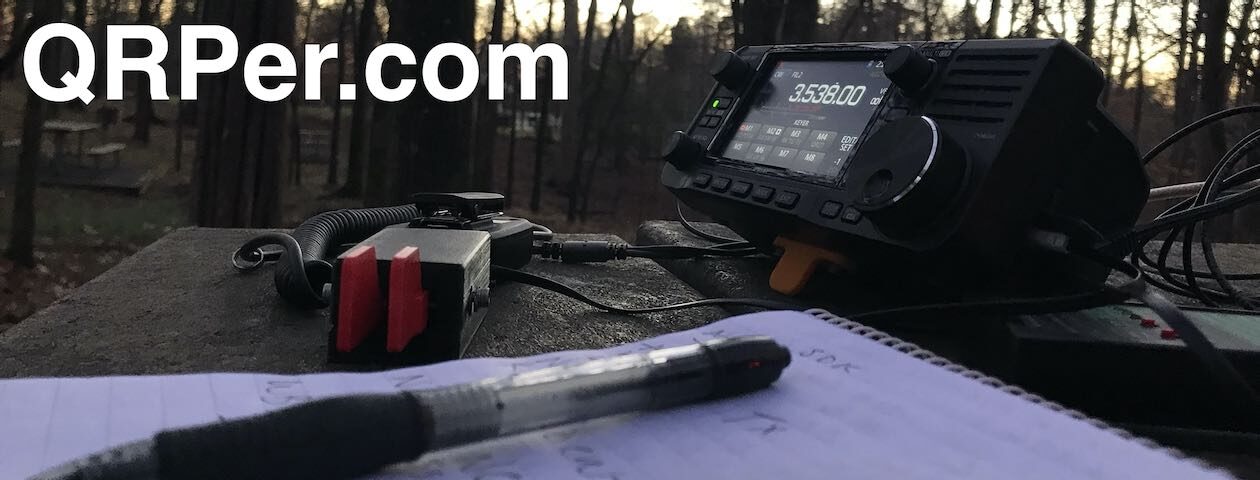Many thanks to Sam (WN5C) for sharing the following guest post:
A Compact CW Filter and Speaker Build for the TR-35
by Sam Duwe, WN5C
I recently built a Penntek TR-35 and, like seemingly everyone, I love it.
Once the rig passed the smoke test I was having too much fun and wasn’t quite ready to put away the soldering station. I had two non-essential wants for this project: a narrower CW filter for listening comfort, and an external speaker. Here’s a quick description of how I crammed both of those into an Altoids tin. Nothing is new or groundbreaking here, but it has been a fun and useful project for me and hopefully will give some inspiration for others.
The Hi-Per-Mite
 The heart of the project is a Hi-Per-Mite 200 Hz CW filter, designed by David Cripe NM0S, and sold as a nice kit for $28 by Four State QRP Group. Hans Summers G0UPL uses the circuit in the QCX so many will be familiar with the filter’s sound. It’s nice and narrow with no ringing, and makes using my base station (a Kenwood TS-520 with the 500 Hz crystal filter) a joy.
The heart of the project is a Hi-Per-Mite 200 Hz CW filter, designed by David Cripe NM0S, and sold as a nice kit for $28 by Four State QRP Group. Hans Summers G0UPL uses the circuit in the QCX so many will be familiar with the filter’s sound. It’s nice and narrow with no ringing, and makes using my base station (a Kenwood TS-520 with the 500 Hz crystal filter) a joy.
To be clear, the existing narrow filter in the TR-35 is great, but I like the option of going narrow(er). It’s a Pixie-level build difficulty so it should come together in an easy couple of hours. I originally built mine in an Altoids tin using inspiration from Phillip Cala-Lazar K9PL’s review and it worked very well. It sips current and is powered by a 9-volt battery. With a DPDT throw switch connected to both the audio path and the power you can easily switch the filter on and off.
The Speaker
A neat aspect of the TR-35 is that there is a lot of audio gain so you can drive a non-amplified speaker. I have a little Bluetooth speaker that does this trick when I want to use CW to annoy people, but I figured if I’m already hauling an Altoids tin to the field maybe I could get it to talk, too. I looked around my junk box and found a broken Baofeng speaker mic and salvaged the speaker. It works really well: a robust but comfortable volume.
I’m sure any little speaker would do the trick… nothing fancy here, it gets hot glued it to the lid of a mint tin after all.
The Build
After I built the Hi-Per-Mite here’s what I did: first I ate a tin of Altoids and felt a little sick. Then I drilled some holes. The one on the left is for the audio input, the one on the bottom for the headphones (both of these are 1/8” stereo jacks), and two on the right for two mini DPDT switches. I also drilled holes in the lid for the speaker sound to come through. I gave the tin a good sanding and tried to remove sharp edges, and then sprayed the lot with black primer and spray paint.
Continue reading Sam builds a compact external speaker and 200 Hz filter for the Penntek TR-35










































